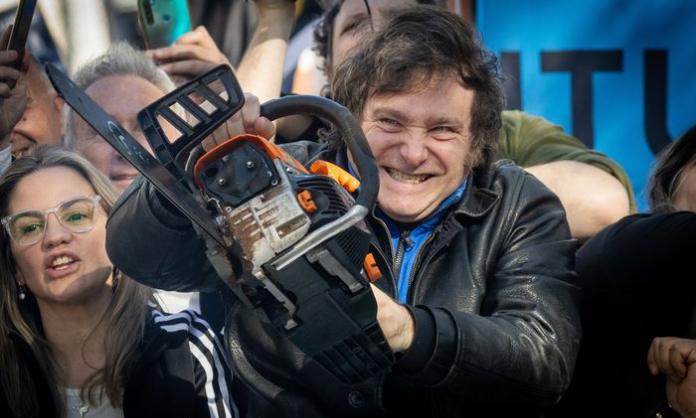Around 200 fly-in fly-out (FIFO) workers at Rio Tinto’s Nammuldi iron ore mine in Western Australia’s Pilbara region walked off the job on 12 November. They were demanding to be paid for the almost two-hour travel time between their remote accommodation camp and the mine site.
The casual labour hire workers are employed by contractors Linkforce and Minprovise to perform maintenance while the mine is on a shutdown.
Every day they must be at the bus stop at 5am and return at 6.45pm – effectively a 14-hour day – but are paid for only 12.
A 14-hour day leaves only 10 hours to wash, eat, get crib (lunch and snacks) ready for the next day, relax, exercise, call loved ones and sleep, which workers frequently forgo.
The workers wanted to reduce the shift to 12 hours including travel time, and had raised the issue with their employer many times to no avail. This time they had had enough and refused to board the company bus at 5am.
A majority of workers held their ground for around eight hours before returning to work. During that time, they were called into one-on-one to meetings with management and threatened that they’d be sacked and blacklisted from every Rio Tinto site. Some were flown home.
Steve (not his real name), a union member at the site, told Red Flag, “There’s a lot of angry men up there with little to lose. The company treats us like numbers, but we have names, we have families, we are men”.
Contrary to popular belief, these workers are “not on good money, they’re on shit money, they’re on flat rates”, CFMMEU north-west organiser Paul Ferreira told Red Flag. “They’re on the award rate if not below … that’s how far back we’ve gone.”
The Pilbara was once a bastion of militant unionism, more “strike prone” even than the NSW coalfields. Through collective action, workers in the 1970s and 1980s won decent pay and conditions and solid safety standards, in the process wresting power back from bosses. This power was exercised from the grassroots – union mass meetings decided whether to strike and for how long. Site structures were strong. Combined union committees coordinated between the different unions, and membership was 100 percent.
Company towns near mine sites were turned into union towns, with good facilities and a sense of community. The eight-hour day – not a 12-hour day – was the standard. Many workers played sport every night of the week.
FIFO does pose challenges for union organisation. It is, after all, a legacy of big union defeats in the ’80s and ’90s.
In the Robe River dispute of 1986-7, the dominant union strategy against a vicious new right anti-union offensive was “boxing clever”. Campaigning centred on public relations and industrial tribunals. A minority of shop stewards supported industrial action to defeat the company, but lost the argument.
“Boxing clever” failed dismally, and union power was smashed. Other mining companies followed suit: Hamersley Iron (a Rio subsidiary) in 1993 and Mount Newman Mining (part of BHP) in 1999. Notably, a 1988 de-unionisation attempt by that company was defeated by weeks of strike action.
Today, strikes are few and far between.
The last strikes in Rio’s iron ore operations in the Pilbara were in 2008. Unionised rail workers went out a handful of times in support of a union collective agreement in the rail section, which was finally concluded in 2011.
Before that, you have to go back to 1992, when the 100 percent union workforce at Hamersley Iron went on strike in protest against a single non-union worker.
Yet the industrial power of iron ore workers is incredible. In 2015, US$36.7 billion of iron ore was exported from the Pilbara, 90 percent of Australian and 50 percent of world iron ore exports.
While one strike will not turn the situation around, the strike weapon is certainly what hits the bosses where it hurts. As Steve says, “We keep your business running so you can make profits off our work; we want full remuneration for what you have taken”.









